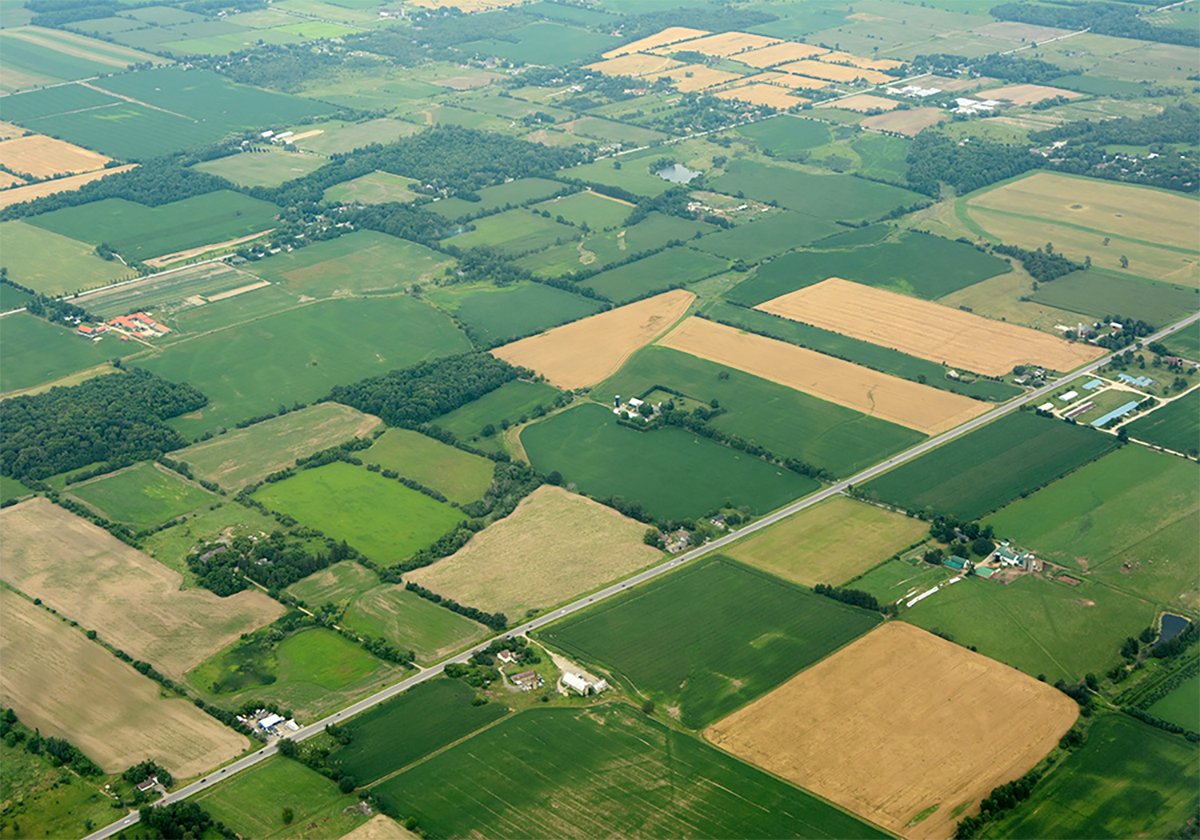Manitoba leads the way among the prairie provinces when it comes to protecting its farm workers under workers compensation regulations.
It’s time Alberta and Saskatchewan abandoned their outdated policies and brought their farmers under their respective Workers’ Compensation Board acts as well.
There was a time when farms on the Prairies were mainly operated as small, family-run operations, and it was difficult to develop a program flexible enough to adapt to the myriad conditions that existed.
But today, farm workers have specialized knowledge and are working with or near dangerous machinery where one misstep has dire consequences.
Read Also

Higher farmland taxes for investors could solve two problems
The highest education and health care land tax would be for landlords, including investment companies, with no family ties to the land.
Manitoba responded to the changing farm environment in 2009 and made workers’ compensation coverage mandatory for farm workers.
Recent reports from Saskatchewan and Alberta point to the need for change in those provinces as well.
A labour relations researcher at Athabasca University pointed out that almost every other worker in every other industry is covered by workers compensation. The report, released by the Parkland Institute based at the University of Alberta, casts doubt on suggestions that farmers cannot afford the coverage. It points out that farm owners in six other provinces and three territories have not been overly burdened.
Only Alberta, Saskatchewan, Nova Scotia and Prince Edward Island leave farm workers unprotected by workers compensation provisions.
A committee reviewing workers compensation rules in Saskatchewan in late 2011 came up with similar recommendations to those in the Alberta study.
Private insurance is available as a substitute, but they are voluntary and vulnerable to steep increases if even relatively small claims are made. That can lead to fewer and fewer farms signing up for coverage over the long term.
Meanwhile, the current rates for provincially run workers compensation programs don’t appear prohibitive.
In Alberta, the rate for farms is $2.71 per $100 of insurable earnings. In Manitoba, the 2015 rate is $2.12 for crop production and most cattle and diary operations. In Saskatchewan, the rate is $2.33 for grain farms, mixed farms, dairy farms and ranches. All three provinces have separate rates for poultry and pig operations.
Clearly, the affordability argument against mandatory workers’ compensation no longer applies.
There are other details to work out, such as how to accommodate the variable workforce during harvest season, when the number and faces of the workers on any farm can change week to week or day to day.
However, there are many models now operating in Canada from which to choose. As well, it might be possible to develop a hybrid that borrows from several of these, or voluntary programs can simply be made mandatory,
Whatever the case, change is past due.
Lack of coverage leaves both farm workers and owners vulnerable.
A farm worker injured on an unprotected farm may have little option than to sue to afford treatment, to cover wages while off work or to afford to pay the mortgage in the event of a long-term injury.
Aside from the human cost that such injuries obviously cause, the aftermath and long-term financial costs of a lawsuit can be devastating for the farm owner as well — far more expensive than the premiums.
But besides all that, it is simply the right thing to do.














